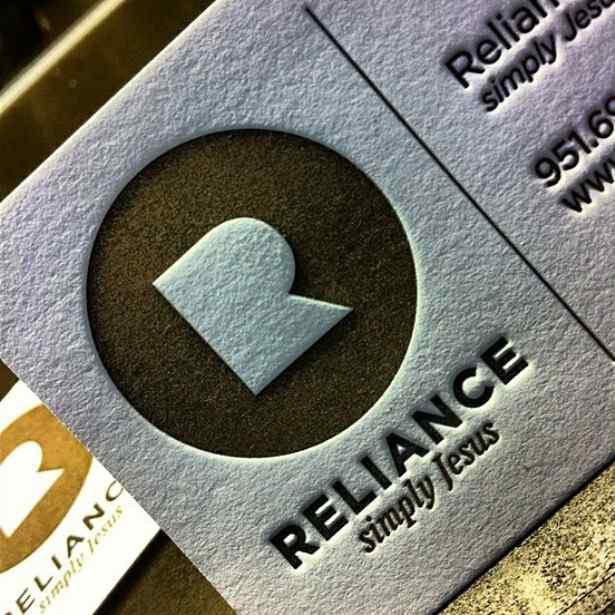

Images printed on cloth for religious purposes could be quite large and elaborate. The earliest known woodcut, 1423, Buxheim, with hand-colouringīlock printing first came to Europe as a method for printing on cloth, where it was common by 1300. The printing technique in Egypt was embraced reproducing texts on paper strips and supplying them in different copies to meet the demand. Block printing later went out of use in Islamic Timurid Renaissance. There is some evidence to suggest that these print blocks made from non-wood materials, possibly tin, lead, or clay. In Middle East īlock printing, called tarsh in Arabic, developed in Arabic Egypt during the ninth and tenth centuries, mostly for prayers and amulets. This technique was transmitted to Europe by around 1400 and was used on paper for old master prints and playing cards. This technique then spread to Persia and Russia. Printing spread early to Korea and Japan, which also used Chinese logograms, but the technique was also used in Turpan and Vietnam using a number of other scripts. A skilled printer could print up to 2,000 double-page sheets per day.

By the tenth century, 400,000 copies of some sutras and pictures were printed, and the Confucian classics were in print. The earliest examples of woodblock printing on paper appear in the mid-seventh century in China.īy the ninth century, printing on paper had taken off, and the first extant complete printed book containing its date is the Diamond Sutra ( British Library) of 868. They are of silk printed with flowers in three colours from the Han Dynasty (before 220 A.D.). The earliest surviving woodblock printed fragments are from China. There's a reason this craft endures and cannot be automated: It's skilled work that is best done face-to-face in physical space.Main article: History of printing in East Asia Your local frame shop is going to do a better job than anyone else. Read more about letterpress printing here. The ink gets embedded into the thick soft paper so it won't fade within your lifetime. Letterpress is a very complicated and expensive printing method that I am obsessed with. All letterpress prints are slammed with 600 pounds of pressure, creating a deep, tactile texture. I edit the information significantly, avoiding the "dazzle" effect which occurs when our eyes are battered with too much information. I've designed these charts and maps with hours of research, reassembling data into a brain-friendly aesthetic.

Information is more fun to read when it's beautiful. Max Falkowitz, a super famous tea writer, and I worked on isolating the major distinctions between each type of tea, including some famous variations and the stories behind them. What else? Not much! Each type of tea is subject to a variety of processes (sometimes more oxidation, sometimes less, sometimes ground to a powder), resulting in wildly different flavors and effects. What do they all have in common? They all come from the same plant Camellia sinensis.


 0 kommentar(er)
0 kommentar(er)
